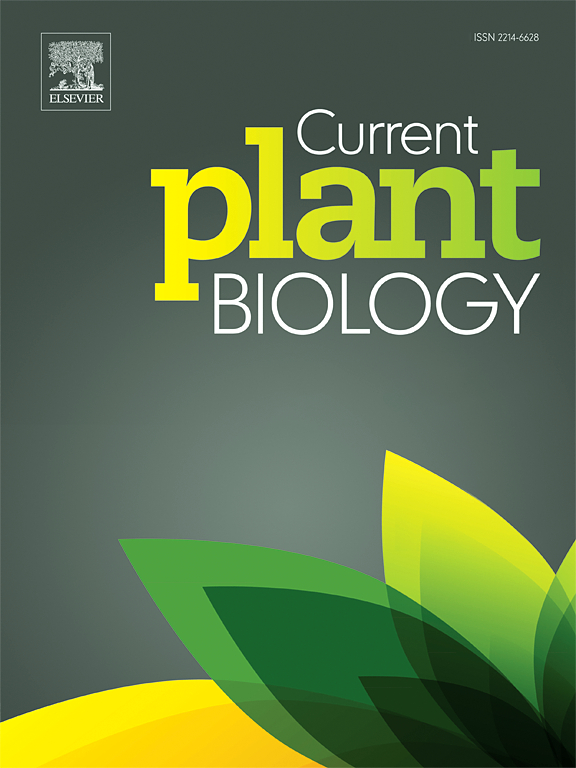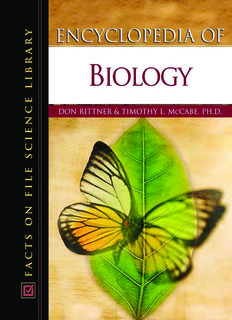Description
In today’s healthcare landscape, the ability to interpret and apply statistical concepts is essential for clinicians and healthcare professionals. Whether you’re a physician, nurse, or clinician, a solid grasp of biostatistics enhances your understanding of research findings and informs decision-making processes crucial to patient care. “Mastering Biostatistics” serves as your definitive companion, offering a comprehensive overview of essential statistical principles tailored specifically to the needs of healthcare practitioners.
Chapter 1: Foundations of Biostatistics
- Understanding Data Types: Explore the various data types encountered in healthcare research and practice from nominal to ratio.
- Descriptive Statistics: Learn how to summarize and interpret data using central tendency and dispersion measures.
- Probability Basics: Delve into the fundamentals of probability theory and its application in healthcare research.
Chapter 2: Study Design and Sampling Methods
- Designing Research Studies: Gain insights into the different types of study designs and their strengths and limitations.
- Sampling Techniques: Explore various sampling methods and their implications for generalizability and statistical inference.
Chapter 3: Statistical Inference
- Hypothesis Testing: Master the concepts of null and alternative hypotheses, p-values, and significance levels.
- Confidence Intervals: Understand how confidence intervals provide valuable information about the precision of estimates.
- Parametric and Nonparametric Tests: This section explores the differences between parametric and nonparametric tests and when to use each in healthcare research.
Chapter 4: Correlation and Regression Analysis
- Correlation Analysis: Learn how to measure and interpret the strength and direction of relationships between variables.
- Simple Linear Regression: Explore the basics of regression analysis and its application in predicting outcomes based on predictor variables.
- Multiple Regression: Understand how multiple regression allows examining complex relationships involving multiple predictors.
Chapter 5: Survival Analysis and Time-to-Event Data
- Survival Functions: Gain a comprehensive understanding of survival analysis and its application in studying time-to-event data.
- Kaplan-Meier Estimator: Learn how to estimate survival probabilities in the presence of censored data.
- Cox Proportional Hazards Model: Explore the Cox model and its use in assessing the impact of covariates on survival outcomes.
Chapter 6: Clinical Trials and Meta-Analysis
- Clinical Trial Design: Examine the principles of clinical trial design, randomization, blinding, and sample size calculation.
- Meta-Analysis: Discover how meta-analysis synthesizes evidence from multiple studies to provide more robust conclusions.
Chapter 7: Bayesian Methods in Healthcare Research
- Bayesian Inference: Understand the principles of Bayesian statistics and its advantages in healthcare research.
- Bayesian Clinical Trials: Explore the application of Bayesian methods in designing and analyzing clinical trials.
Chapter 8: Epidemiological Concepts
- Measures of Disease Frequency: Learn how epidemiologists quantify disease occurrence in populations.
- Study Designs in Epidemiology: Explore the various study designs used in epidemiological research, including cohort, case-control, and cross-sectional studies.
Conclusion: “Mastering Biostatistics” equips healthcare professionals with the knowledge and skills to critically evaluate research findings, make informed decisions, and contribute to evidence-based practice. Whether you’re a seasoned practitioner or a student entering the healthcare field, this comprehensive guide will empower you to navigate the complexities of biostatistics with confidence and proficiency.






Fatimoh –
Having recently transitioned from clinical practice to research, I needed a refresher on biostatistics. This ebook provided exactly what I needed – a comprehensive yet easy-to-understand overview of essential biostatistical concepts. It’s become my go-to resource for understanding study designs, interpreting results, and critically appraising medical literature.
Martina –
I’ve been searching for a biostatistics resource that caters specifically to healthcare professionals, and this ebook exceeded my expectations. The examples and case studies are directly applicable to my work as a nurse practitioner, making complex statistical concepts much more accessible.
Edwin –
As a physician, I’ve always struggled with understanding the statistical aspects of medical research. ‘The Essentials Of Biostatistics For Physicians, Nurses, And Clinicians’ has been a game-changer for me.